Takahia tō Ara - Case Study Videos
Whānau, hapori and iwi are leading their own reo Māori pathway. Watch our videos to feel the love for our language, to awaken the soul, and grasp important knowledge that will inspire you and generations to come.
Te Reo Mau-ri
Te Reo Mau-ri is a wānanga based in Waikato, which focuses on strengthening te reo and tikanga Māori through the art of mau rākau.
RaRau Mai
A love for te reo Māori and art has created a special whānau immersion space at RaRau Mai in Te Papaioea.
Ngā Ia Taiheke o te reo Māori
Ngā Ia Taiheke o te reo Māori is a wānanga reo set up on Matakana Island to re-establish the Marae environment as a safe space for te reo Māori to be spoken at all times, in all areas of the marae, by all proficiency levels.
Te Reo o Ngātokimatawhaorua
Te Reo o Ngātokimatawhaorua is a kaupapa waka based in Te Tai Tokerau, bringing together a new generation of kaihoe to learn the histories, oral traditions, and ancestral knowledge of the waka from whence they descend.
Tāreikura Wānanga
Tāreikura Wānanga draws in whānau from near and far to learn te reo, history and places of significance that are uniquely Mangatū.
